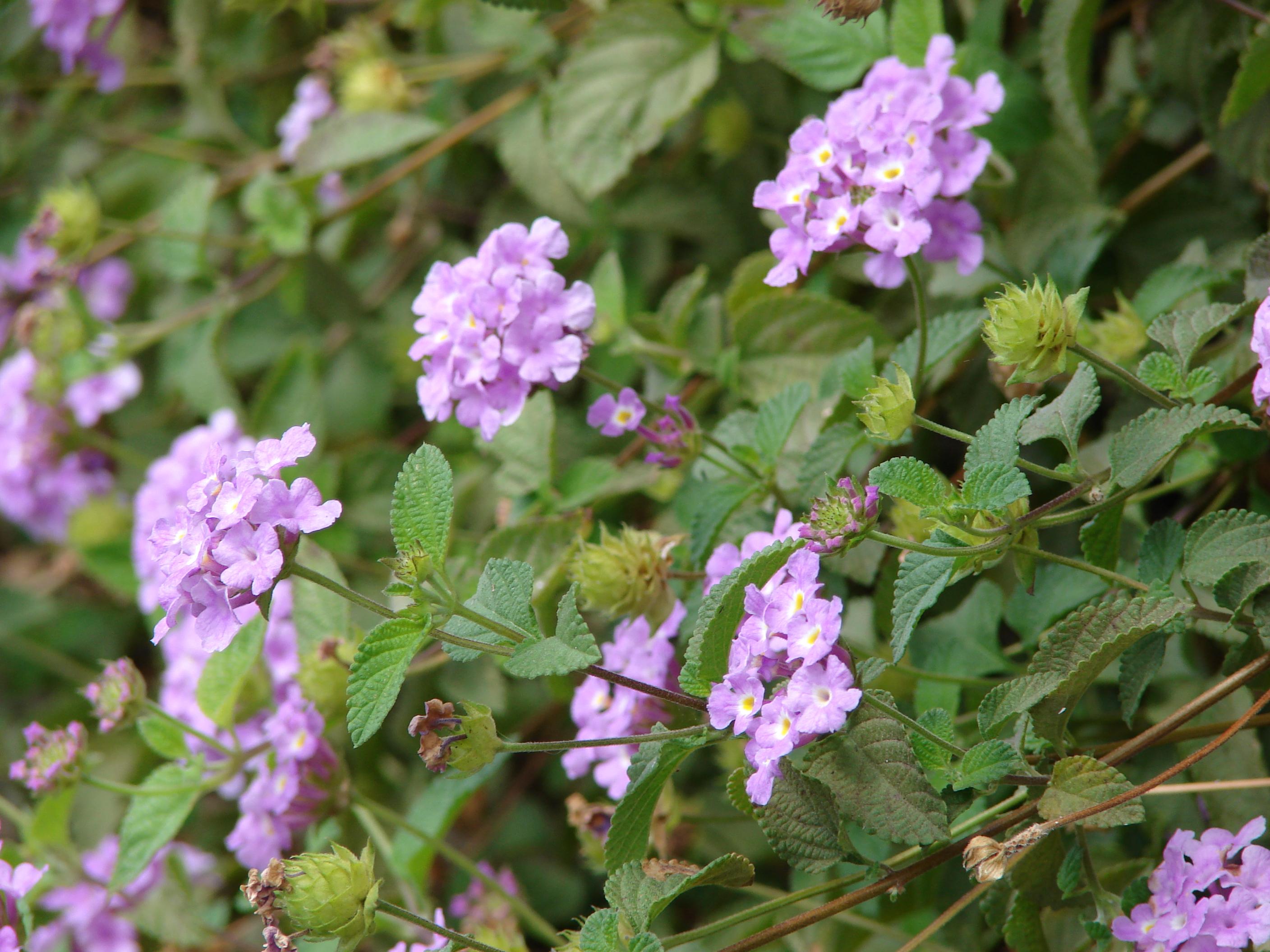
Trailing lantana (Lantana montevidensis)
Trailing lantana, also known as Trailing shrubverbena, Creeping lantana, Purple Lantana , Pole-Cat Geranium
Certainly! When incorporating trailing lantana into your garden or landscape, here are some key points and precautions to keep in mind:
### Key Points:
1. **Aesthetic Appeal:** Trailing lantana boasts vibrant clusters of flowers in shades like purple, lavender, white, or yellow, adding a splash of color to any setting.
2. **Wildlife Attraction:** The flowers are highly attractive to pollinators such as bees and butterflies.
3. **Aroma:** The plant emits a strong fragrance, which can be pleasant but might also be overwhelming for some.
### Precautions:
1. **Skin Irritation:** Handling the plant may cause skin irritation, so wearing gloves is recommended.
2. **Toxicity:** Both the leaves and berries are toxic if ingested, posing a risk to children and pets.
3. **Invasive Potential:** In certain regions, trailing lantana can become invasive, so it's important to manage its growth.
4. **Maintenance:** Regular pruning can help control its spread and encourage blooming.
5. **Water Requirements:** Once established, it's drought-tolerant but should not be overwatered to prevent root rot.
By taking these factors into account, you can enjoy the beauty and benefits of trailing lantana while minimizing any potential downsides.
Key Facts About Trailing lantana
Attributes of Trailing lantana
Scientific Classification of Trailing lantana
Toxicity
ingestion